theme: Franziska, 9 link: #40b9bc
[.footer: v2022.06 🍱 gerhard.io]
[fit] 50 Takeaways
First year of shipit.show

[.footer: v2022.06 🍱 gerhard.io]
[fit] 50 21 Takeaways
First year of shipit.show

[.background-color: #40b9bc]


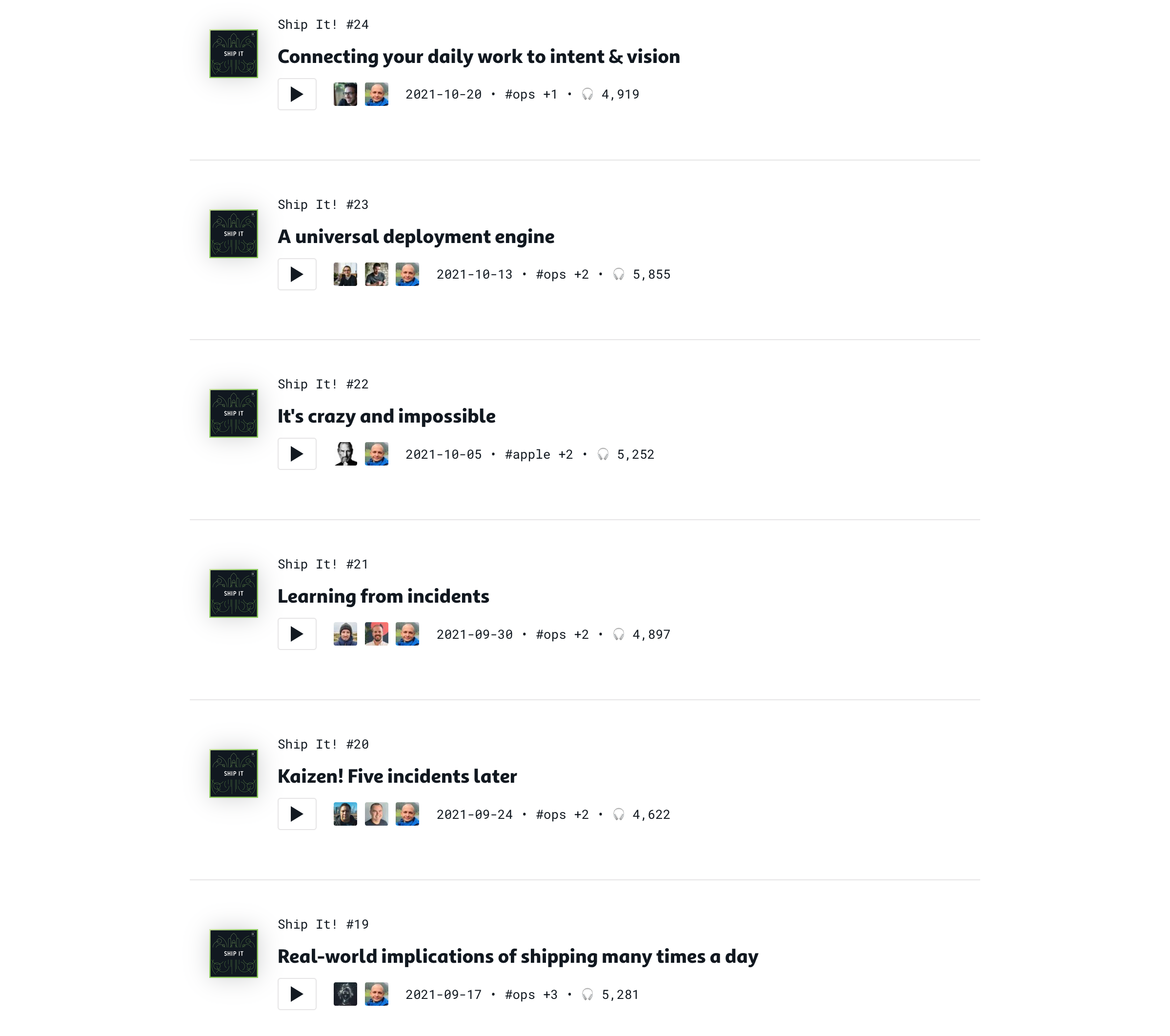
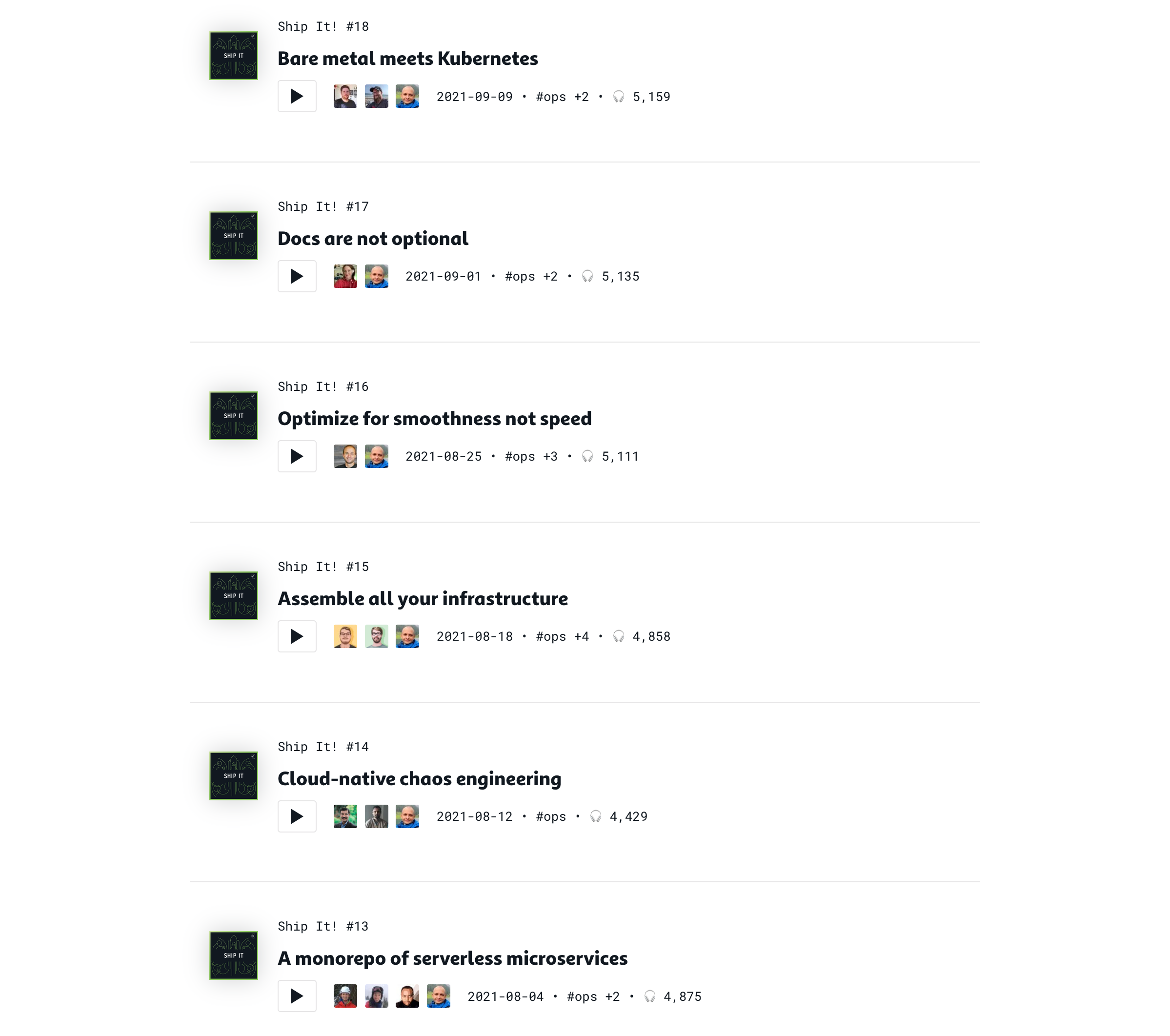
[.background-color: #40b9bc]

[.header: #ffffff]
[fit] Noah vs. Nadal
Paris - May, 2018

[.footer: Jean-Sébastien Pedron - RabbitMQ & FreeBSD contributor → shipit.show/9] [.quote: text-scale(0.9)]
In FreeBSD we pay a lot of attention to breaking changes.
We have what we call POLA: Principle of Least Astonishment
[.footer: Dave Farley - inventor of the Deployment Pipeline → shipit.show/5]
Start off assuming that we’re wrong, rather than assuming that we’re right.
That stuff just works better.
[.footer: Dave Farley - inventor of the Deployment Pipeline → shipit.show/5]
You want to get your ideas into the hands of users quickly and efficiently so that you can learn, adapt & change.
[.footer: Dave Farley - inventor of the Deployment Pipeline → shipit.show/5] [.autoscale: true]
The ability to make small changes quickly, observe the impacts of a change so that you’re in effect controlling the variables, limiting the scope, the blast radius of mistakes, is a fantastic way of making progress efficiently.
[.background-color: #0e2b3d] [.header: #fcc009]
[fit] How do we
[fit] get small changes
[fit] in front of our users quickly?
[.background-color: #0e2b3d] [.header: #ffffff]
[fit] We type faster
[.background-color: #0e2b3d] [.header: #ff0000]
[fit] We type faster
[fit] We work all hours
[fit] We hire more people
[.background-color: #0e2b3d] [.header: #fcc009]
[fit] Many small changes
[fit] deployed continuously
[fit] using a fast & reliable process.
[.background-color: #222222]
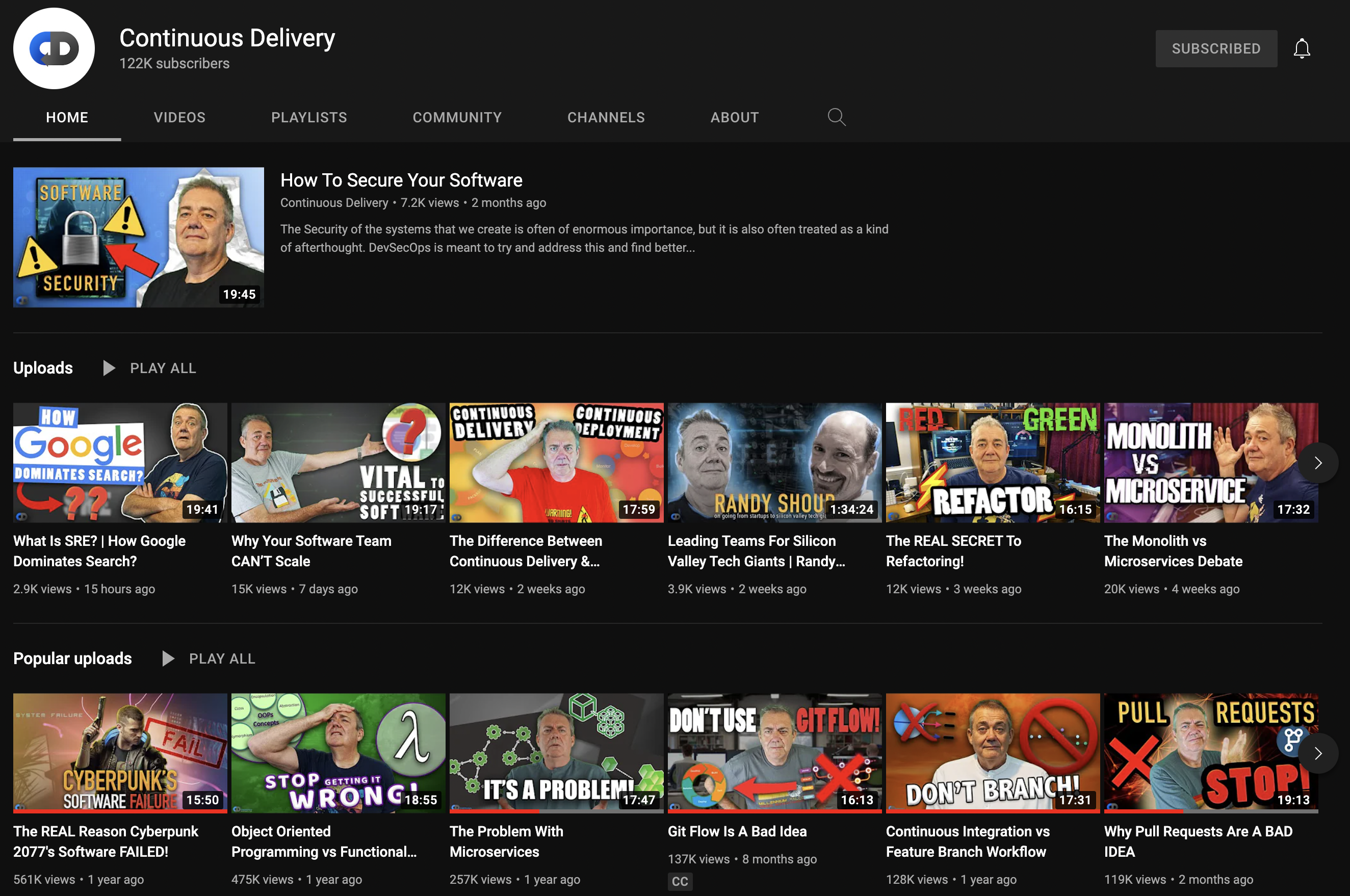
[.autoscale: true] [.footer: Wait for it… → shipit.show/17]
I think a lot of people in this industry, myself included, have a lot of imposter syndrome.
I have a ton right now, because I just started at Vercel, and I’m working with very smart people.
[.autoscale: true] [.footer: Last one… → shipit.show/17]
The way that I combat kind of imposter syndrome is to embrace failure as much as I can.
And if I do that, then I’m constantly thinking like a scientist, because I’m trying to prove myself wrong in order to ship the right thing for the customer.
[.footer: Kathy Korevec - Head of Product, Vercel → shipit.show/17]
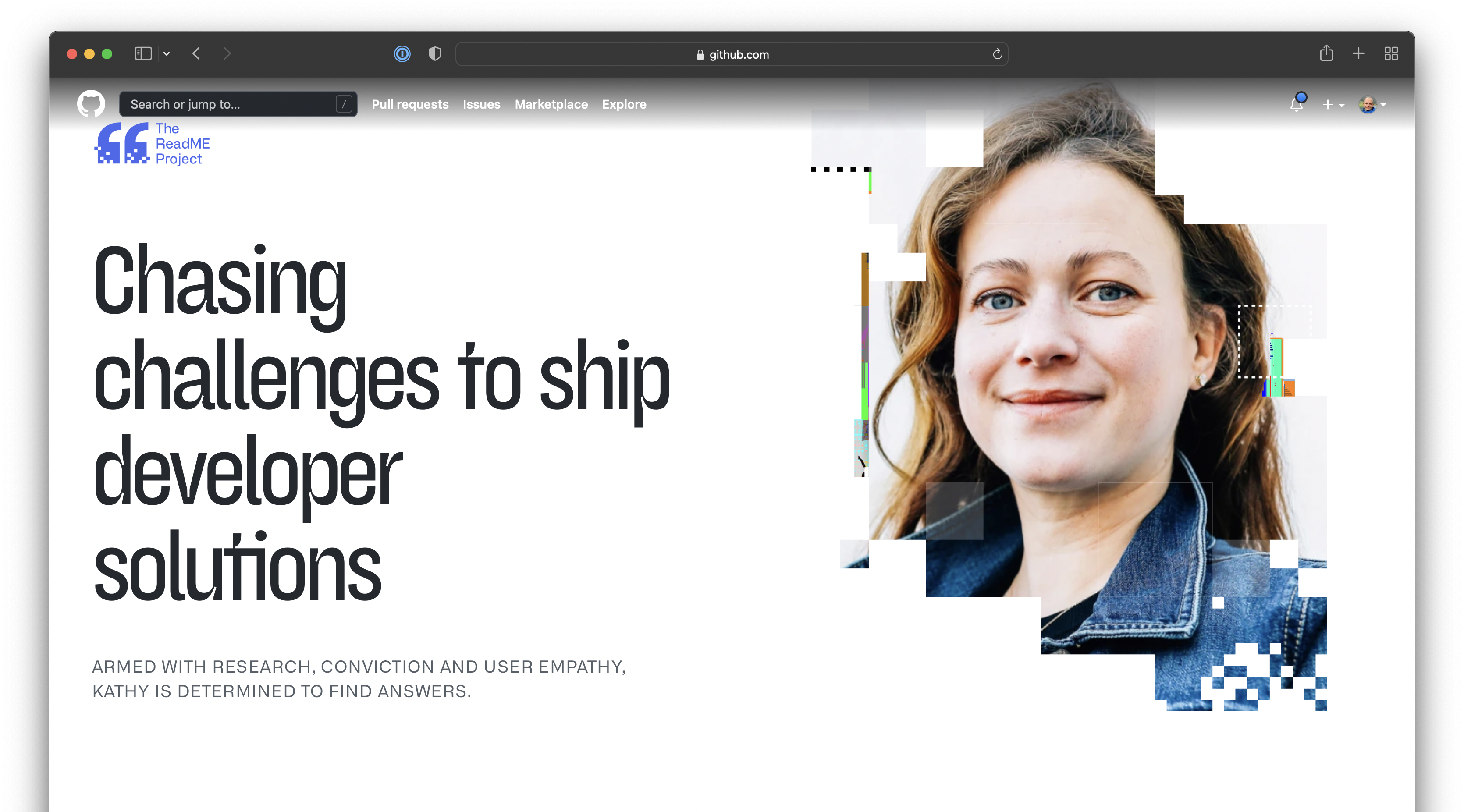
[.footer: Ben Ford - former Royal Marine Commando → shipit.show/4] [.text: #ffffff]
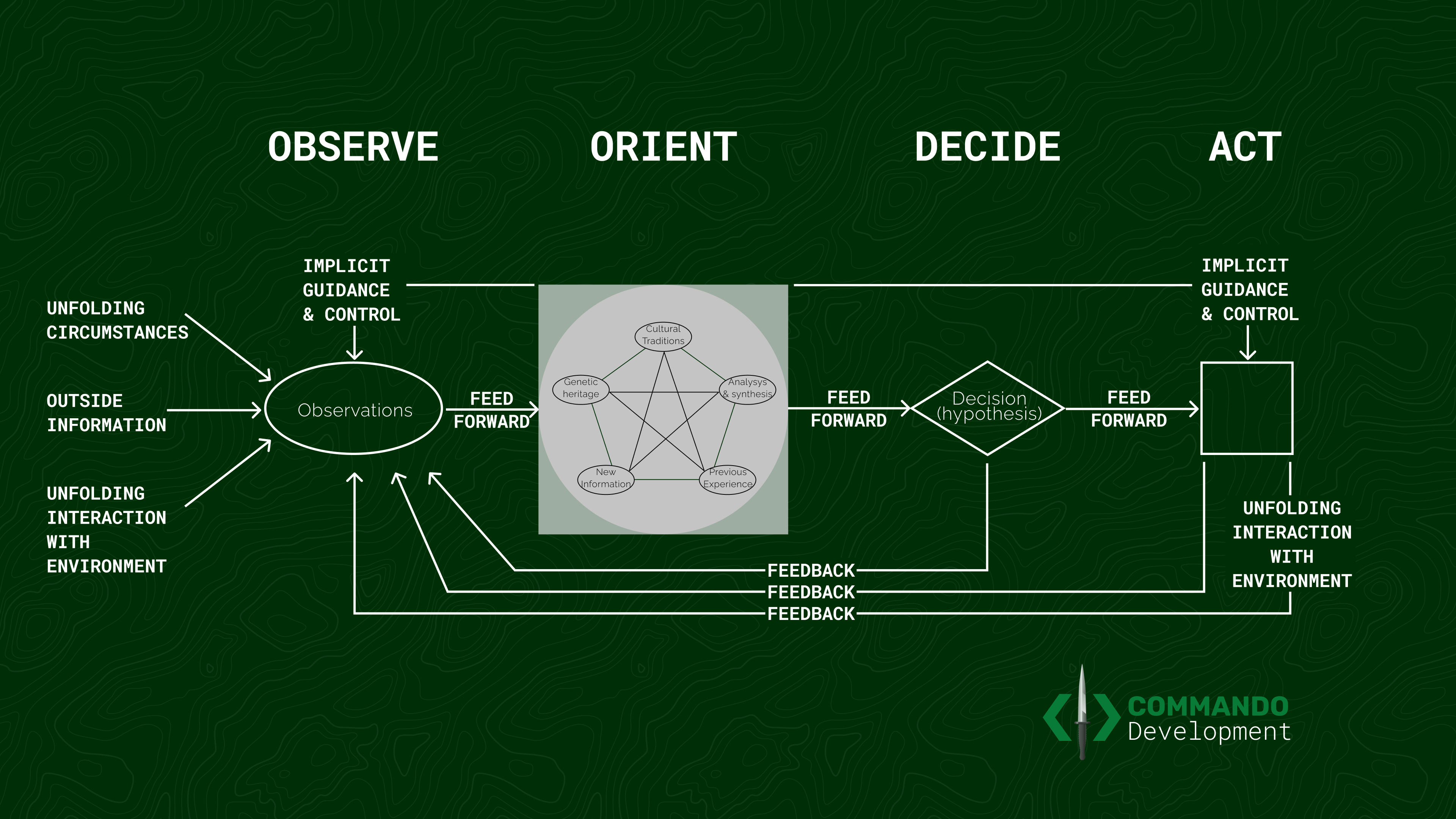
[.footer: Ben Ford - former Royal Marine Commando → shipit.show/4] [.text: #ffffff]

[.background-color: #333333] [.header: #ffffff]
What is this?

[.footer: Katie Gamanji - Senior Engineer, Apple → shipit.show/8]
The end of CI should be an artifact.
CD is about how you actually ship that artifact to different environments.
[.background-color: #222222] [.header: #ffffff] [.text: #ffffff]
[fit] The History of DevOps
Tom Chaveau
Today, 4pm-ish
[.background-color: #222222] [.header: #ffffff] [.text: #ffffff] [.link: #ff0000]
[fit] The History of DevOps
Tom Chauveau 👍
Today, 4pm-ish
[.footer: Who said this?]
All the interesting 🐞 are only gonna happen in production.
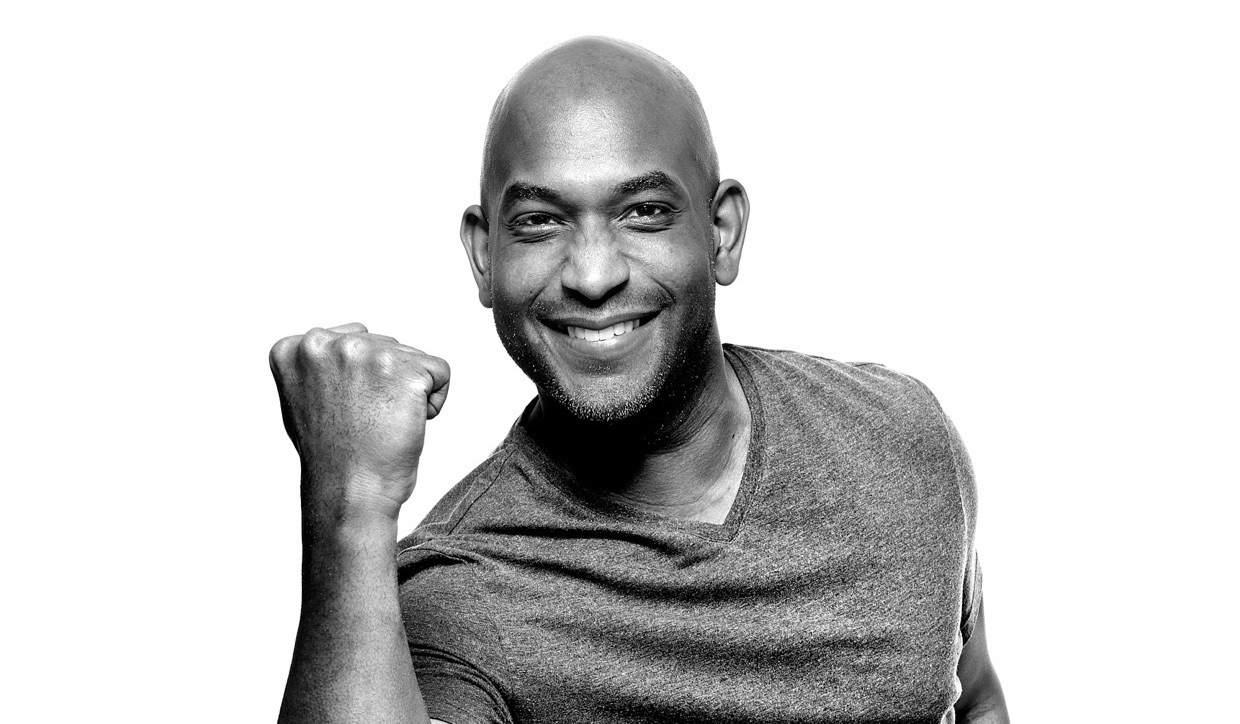
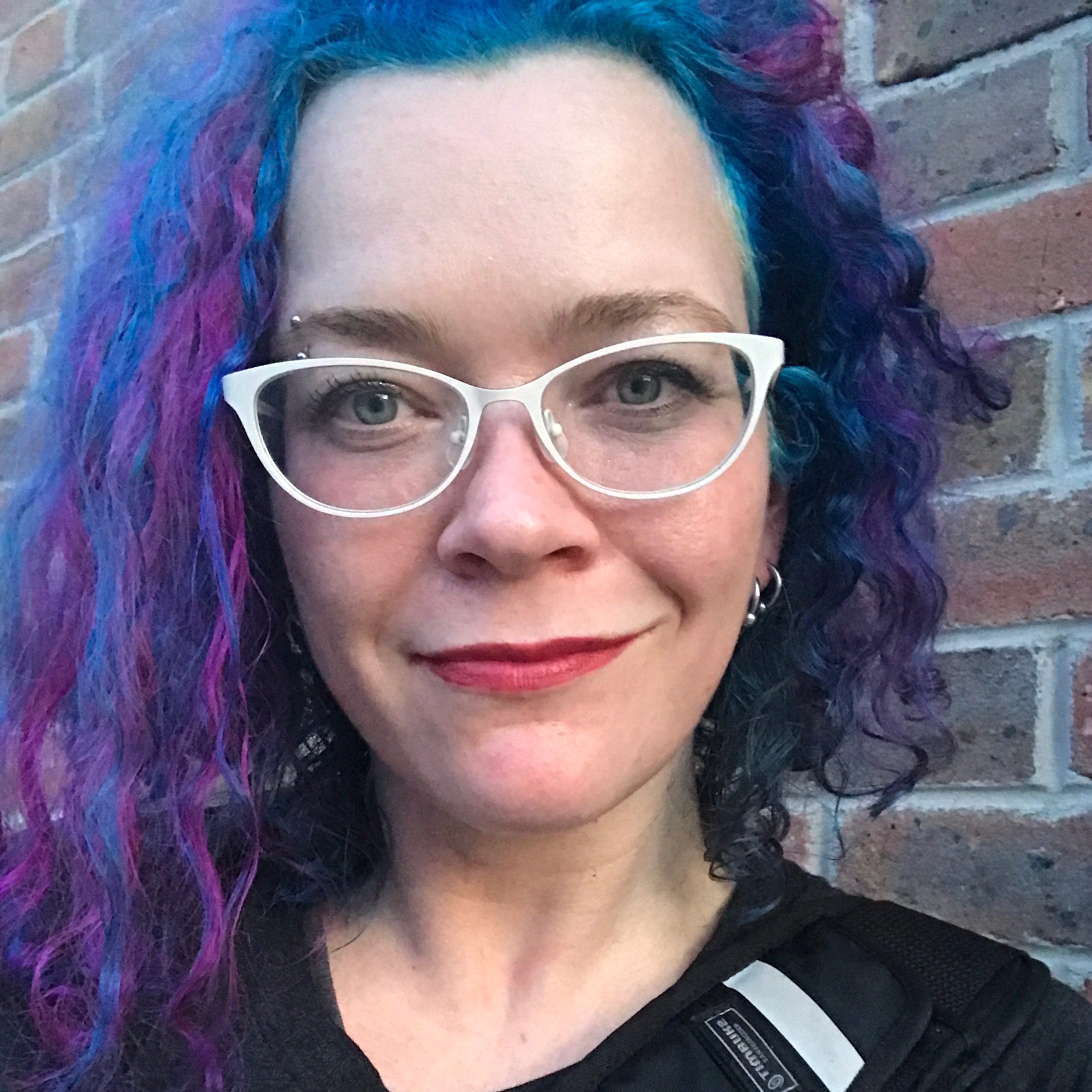
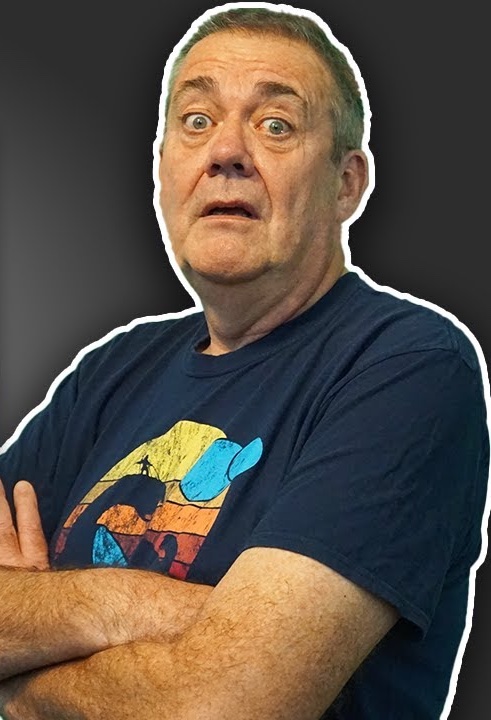
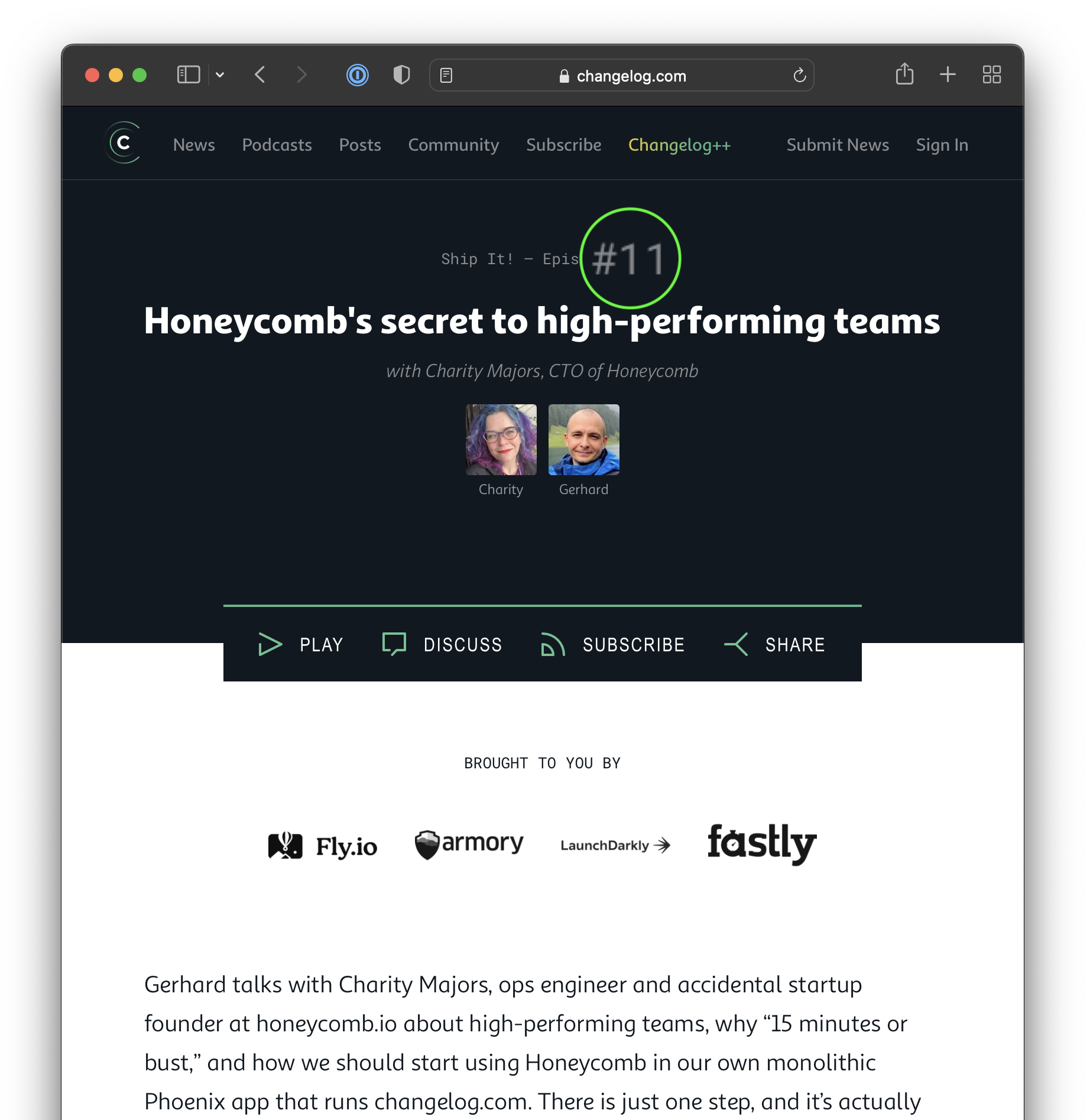
[.autoscale: true]
Product people should never be telling engineers what to do. It should be a triad. You’ve got product, design, engineering. You are all equals. All your voices matter. You are experts in your own domain.
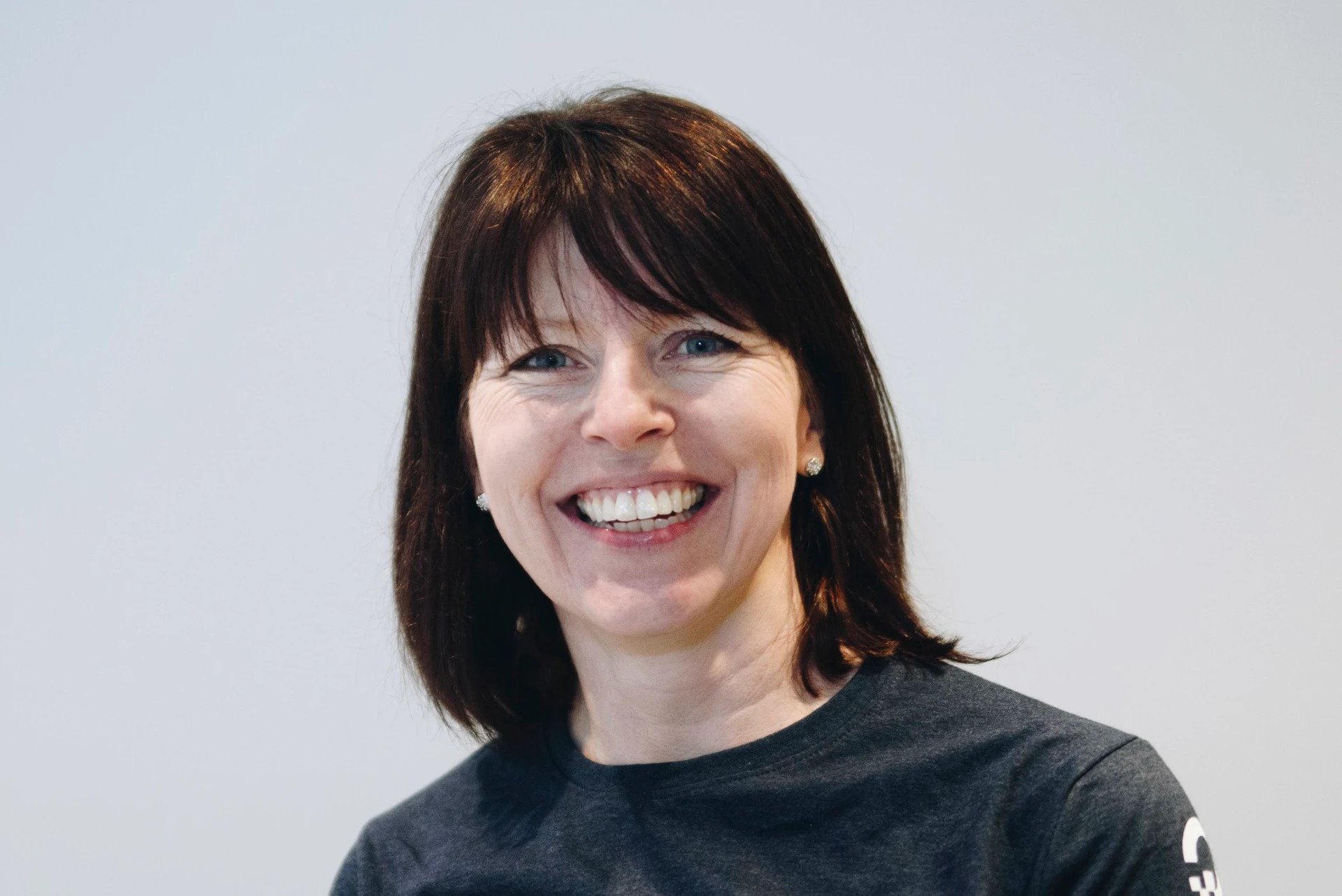

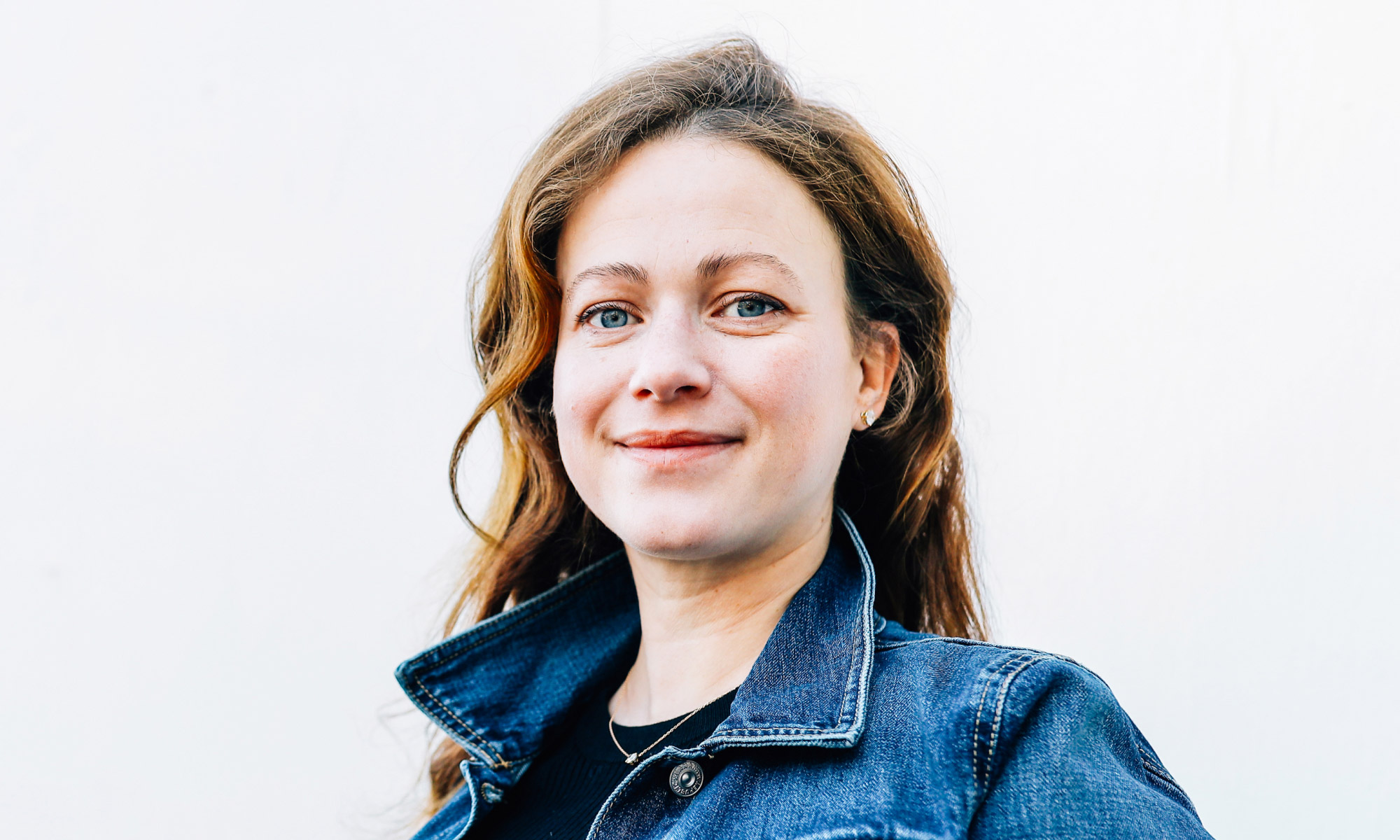

If you’re frustrated about the performance of your engineering team, take a long, hard look at your CI/CD pipeline.
15 mins or bust.
And observability, of course.
[.footer: Charity Majors - Co-founder & CTO, Honeycomb.io → shipit.show/11]

[.background-color: #222222] [.header: #00cc00] [.link: #ffffff]
[fit] 10/21
[.autoscale: true]
Yesterday I pushed something which actually impacted every service, and you just see a list of 30-40 ticks as the different CD pipelines are running in parallel, and then you can push it out with a huge amount of confidence without worrying about synchronizing everything.
[.footer: Alan Cooney - Founder & CEO, Skyhook Adventure → shipit.show/13]
[.footer-style: #ffffff, text-scale(2)]
[.footer: All your base are belong to Monorepos]

[.autoscale: true]
There’s this constant trade-off between picking new tools and actually getting stuff done and shipping it.
[.footer: Saul Cullen - CTO, Skyhook Adventure → shipit.show/13]
[.background-color: #0e2b3d] [.header: #ffffff]
🤔 📍
Dagger: learning + wiring vs. getting stuff done & shipping it
[.autoscale: true] [.footer: Justin Searls - Co-founder & VP of Engineering, Test Double → shipit.show/16]
How much friction is there day to day in people’s lives?
How organically are they able to take an idea, communicate it into a product feature, prioritize, schedule, work on, ship into production & validate?
[.autoscale: true] [.footer: Justin Searls - Co-founder & VP of Engineering, Test Double → shipit.show/16]
And if we’re going to optimize for one thing, it’s probably smoothness over speed.
[.background-color: #222222] [.header: #ffffff] [.text: #ffffff]
[fit] 🎰
Day after tomorrow, 11am-ish
[.background-color: #111111]
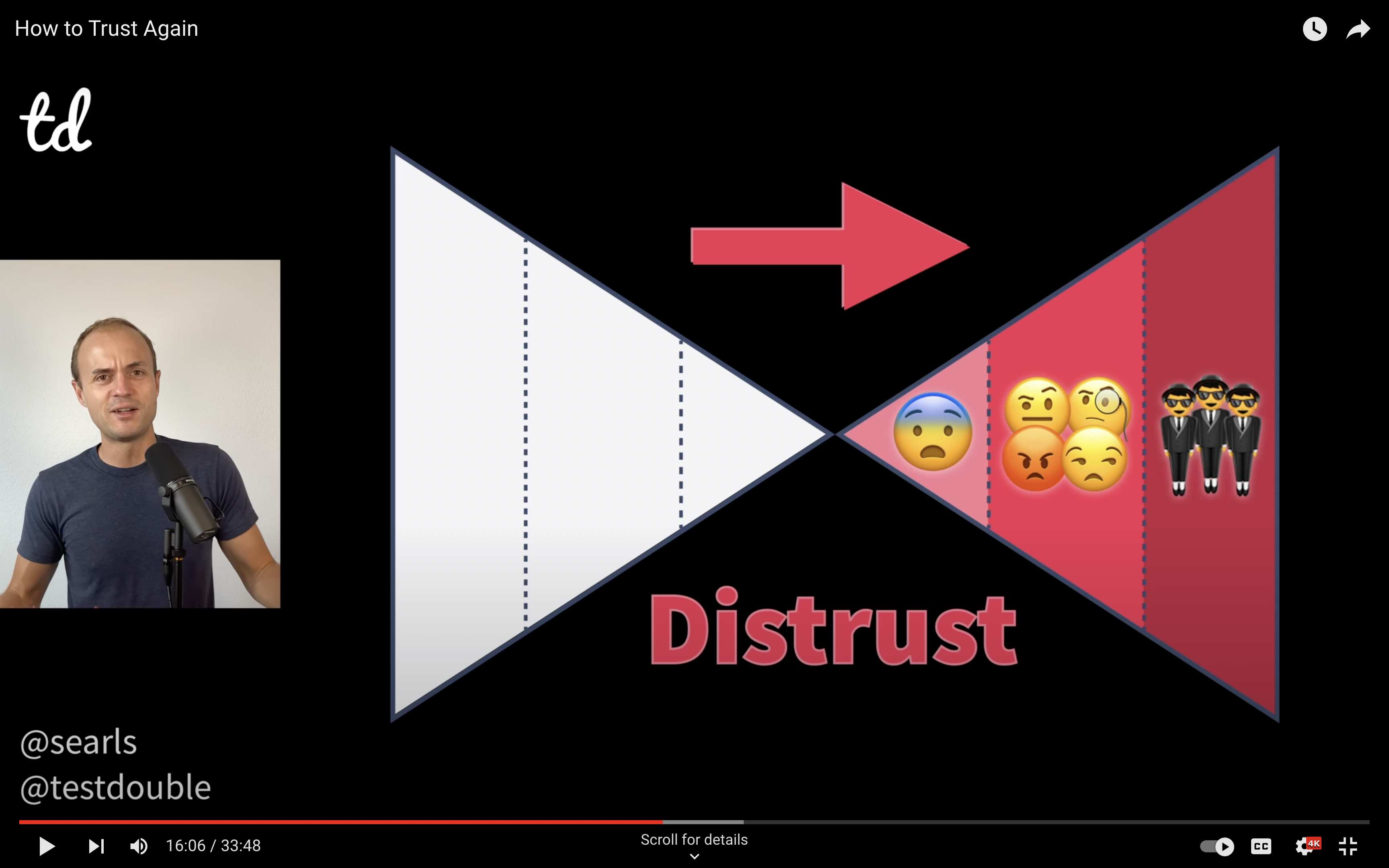
[.autoscale: true] [.footer: Arnaud Porterie - Founder & CEO, Echoes → shipit.show/24]
The only thing that truly matters is whether we are actually creating value for our business in a sustainable way.
What should be the most important engine to any engineering team is truly the empathy and the customer satisfaction.

[.autoscale: true]
In my past in my career I worked on some products that we were not using internally, and it’s very difficult to just rely on your users to get feedback.
You have to use your products.
[.footer: One of us said it, but who? → shipit.show/23]
[.autoscale: true]
What we try to encourage is a learning by doing type of approach to using the product. We’ll give people pointers and nudges.
And this osmosis approach is very deliberate and sort of leads to this kind of organic growth and adoption across organizations.
[.footer: Chris Evans - Co-founder & CPO , Incident.io → shipit.show/21]
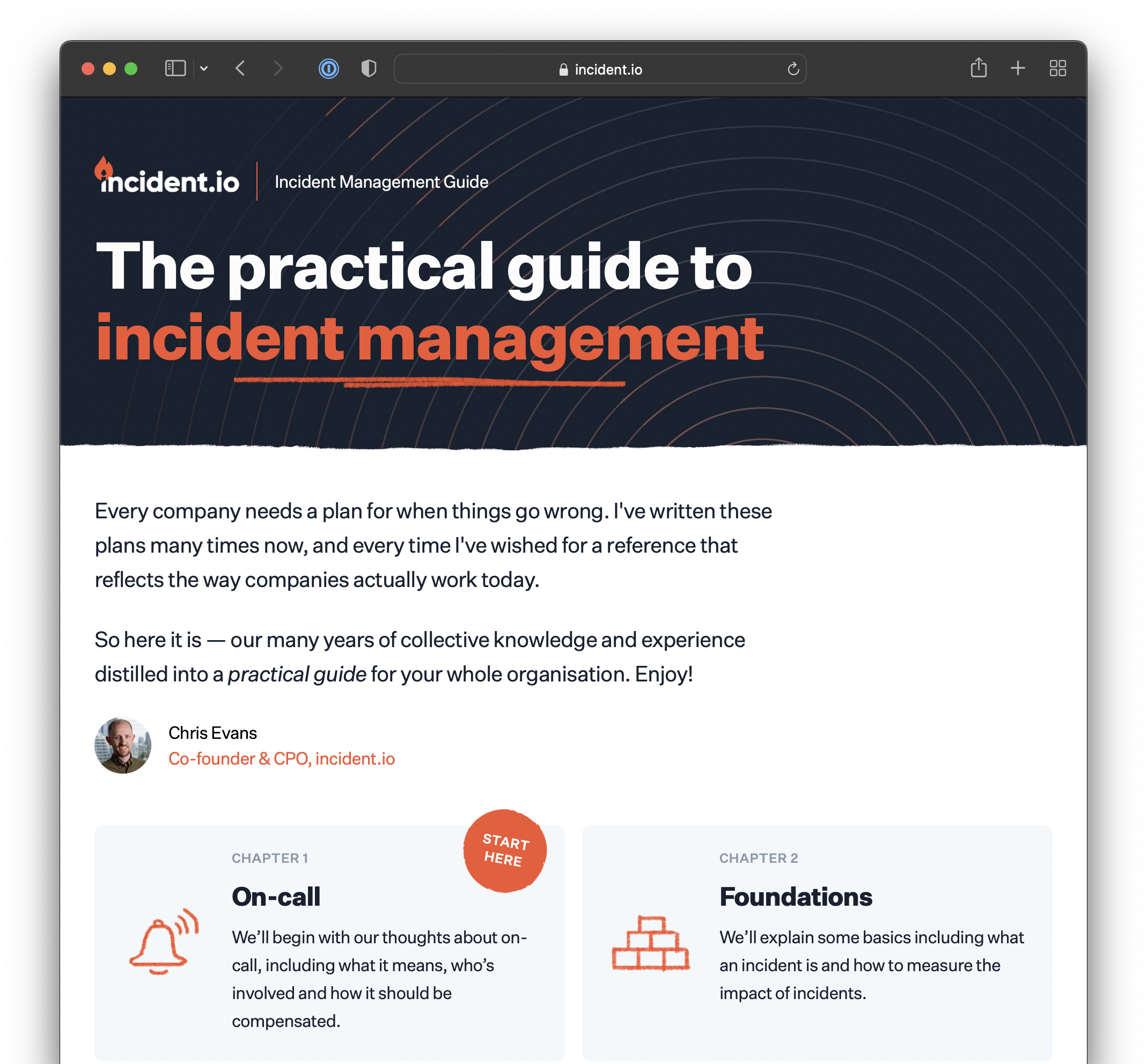
[.autoscale: true]
One of the lessons of Y Combinator is that it’s never gonna be ready and it’s never gonna be good enough for you…
You have to put it out to see what potential customers think of it. That is the only signal that really matters.
It’s very uncomfortable at first, but I totally agree that it was the right thing to do.
[.footer: Arnaud Porterie - Founder & CEO, Echoes → shipit.show/24]
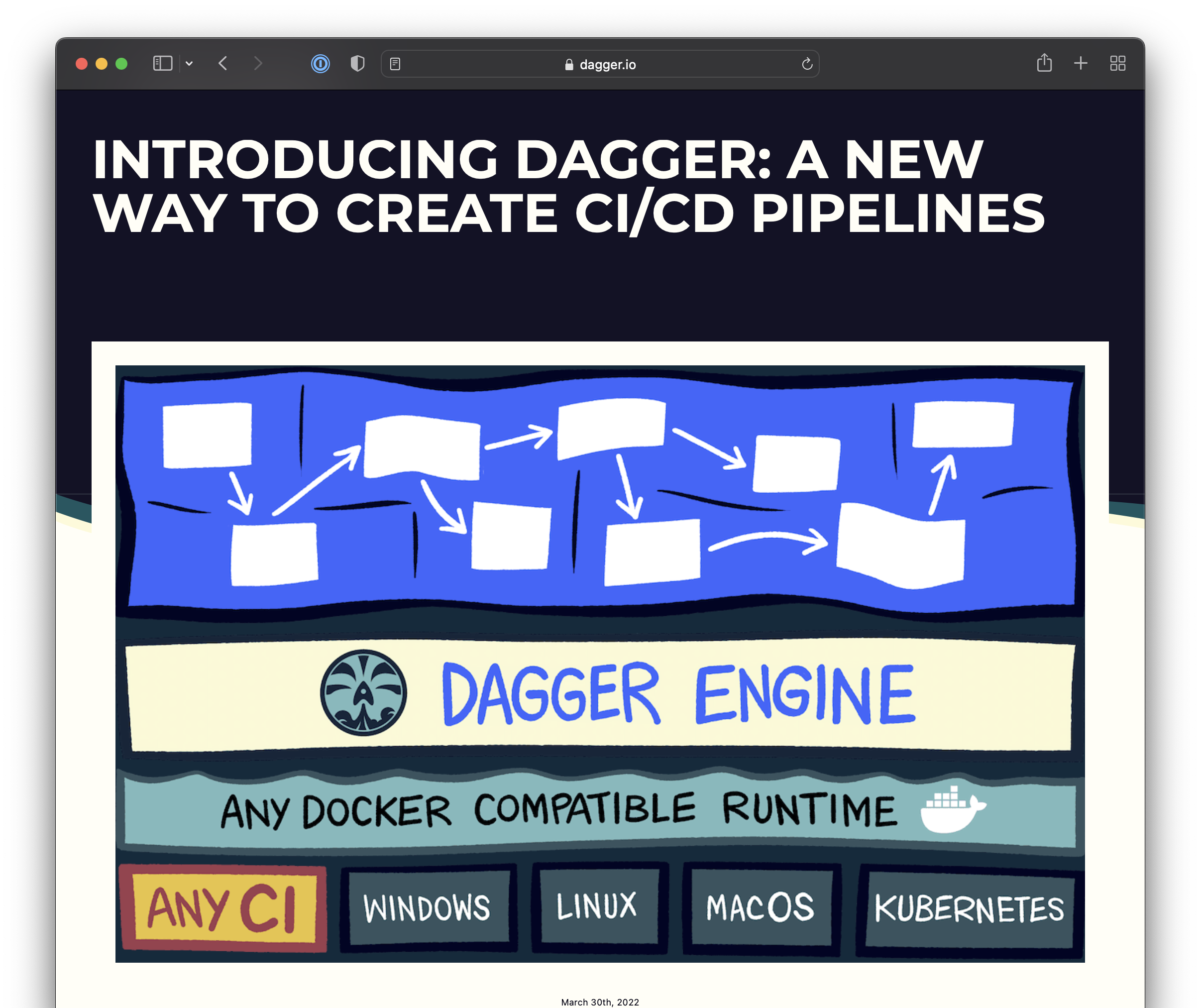
Do you remember the day that Airbnb launched?
No, obviously not. I don’t remember. Nobody does. And it doesn’t matter. There’s not a single day that Airbnb actually launched.
They launched a hundred times during several years.
That’s the reality of any business.
[.footer: Arnaud Porterie - Founder & CEO, Echoes → shipit.show/24]
[.autoscale: true]
[fit] We have three priorities
1️⃣ Strong & engaged community
[fit] 2️⃣ Actual projects doing something real & being happy
[fit] 3️⃣ Cloud product with great conversion & retention that we can sell
[.footer: Solomon Hykes - Co-founder & CEO, Dagger.io → shipit.show/23]
[.autoscale: true]
Communities are probably one of the hardest things to build and sustain, but the reward is huge.
You get some feedback, you get some criticism, you get some angry people. But that’s super important. It helps to build some great tools together.
[.footer: Emile Vauge - Founder & CEO , Traefik → shipit.show/19]
[.background-color: #0e2b3d] [.header: #fcc009]
[fit] 1. 👈 Do the hard thing
[fit] 2. The rest will be easy
[.background-color: #0e2b3d] [.header: #ffffff] [.text: #ffffff]
🤔 📍
- Do the hard & focus on our community
- How do we optimise for user feedback?
- Learning + wiring Dagger vs. getting stuff done & shipping it
- Interested in v2 of this talk for US offsite?